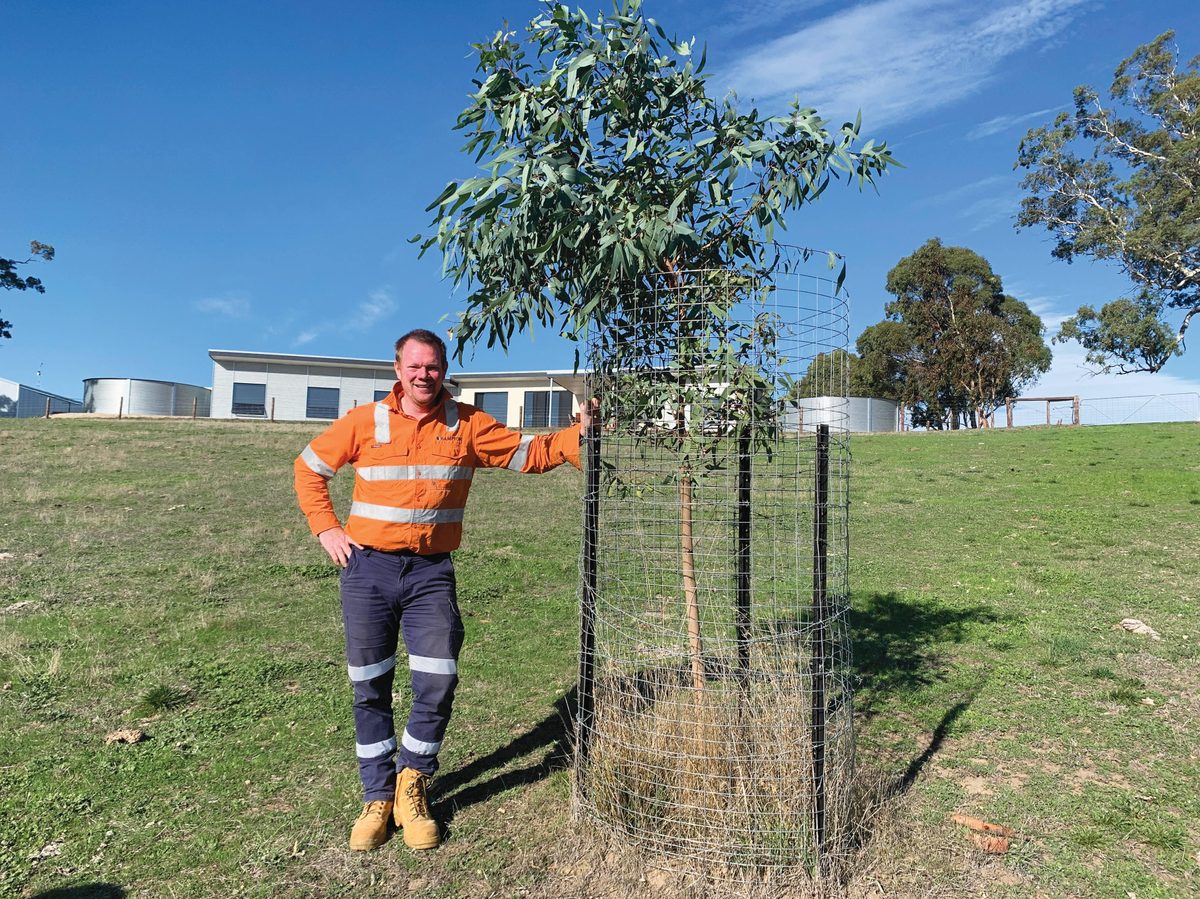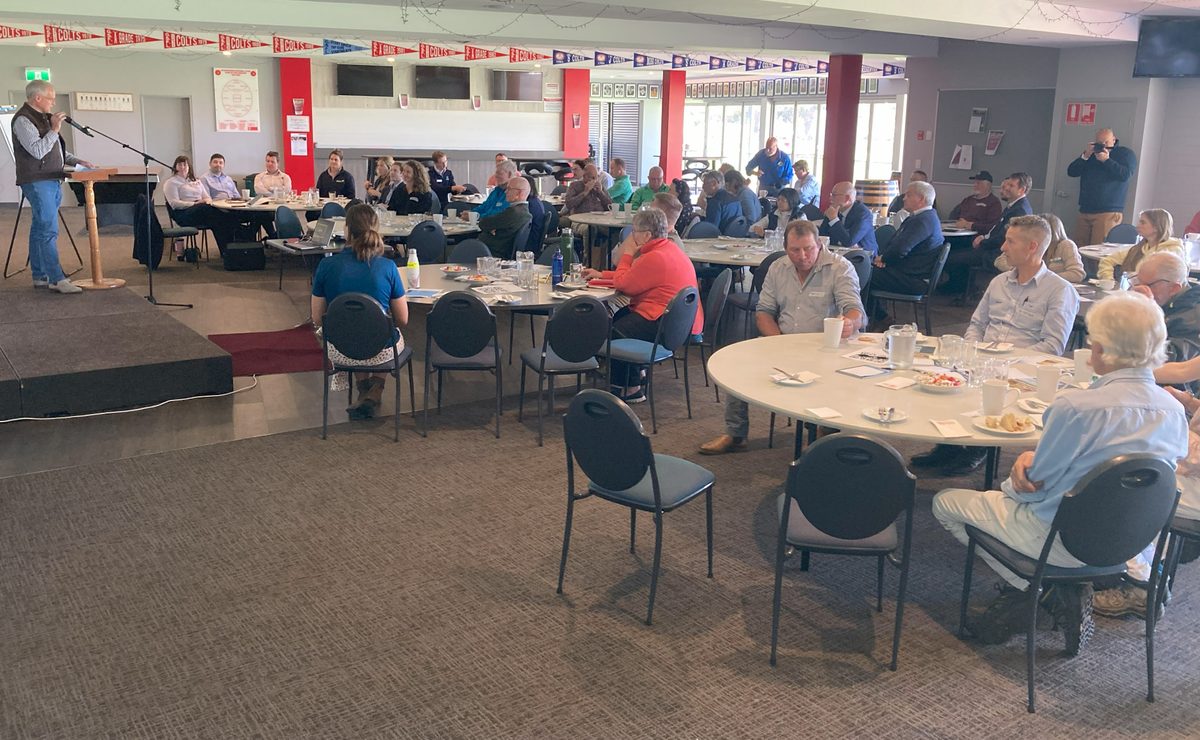Identifying modified trees and scar trees
Culturally modified and/or scar trees can be found across the Hills and Fleurieu region, mostly where populations of mature native trees are located. They can be seen along rivers, creeks and swamplands, and are indicative of where Aboriginal people have historically removed bark from trees for making containers ‘coolamons’, shields, shelter and even canoes.
Proud Ngarrindjeri man and Landscapes Hills and Fleurieu Aboriginal Stewardship Officer Owen Love recently undertook a site visit to shared Country in the Cape Jervis region, where landholders, the McFadyens, showed interest in two trees that had scar tree characteristics.
"Upon inspection and through my own knowledge and experience of culture, I thought both trees showed strong indications of being scar trees," said Mr Love.
"I was happy to inform the landholders that their suspicions were correct!
"Protecting and preserving Aboriginal culture and the rich insights it offers provides a connection to our ancestors - a connection we can pass down to the next generation."
There are a number of actions landholders can take to protect scar trees, including fencing and buffering from future works and stock, health monitoring for structural instability and disease, and engaging with local First Nations people with cultural responsibility including Ngarrindjeri, Kaurna and Peramangk groups.




